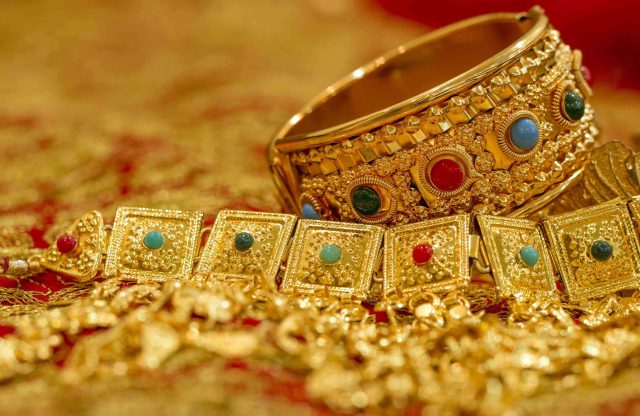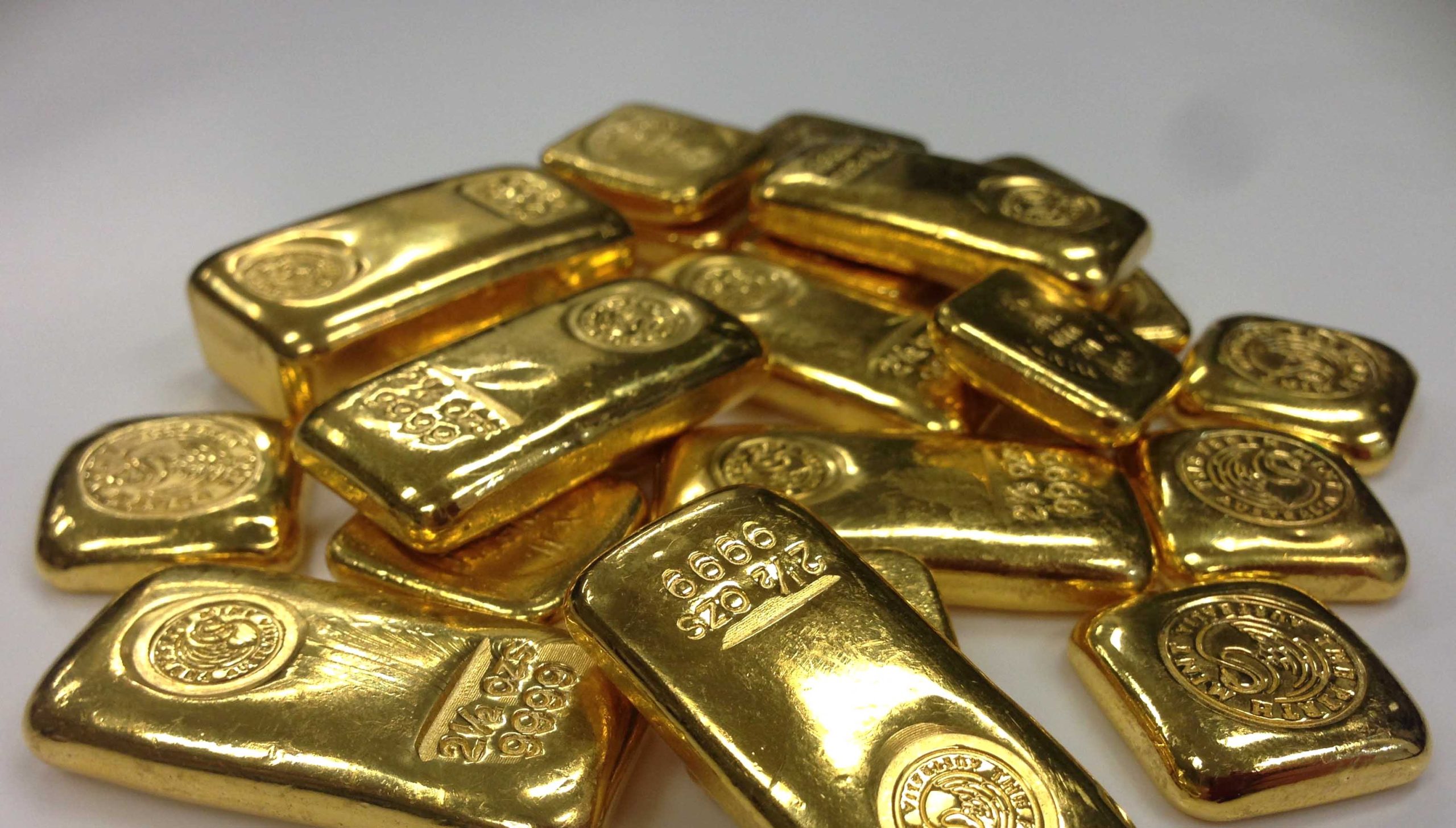
A European Union institution could become involved, for the first time, in the dispute between Romania and the Russian Federation over the treasury that the latter has refused to return to the Romanian people for almost 100 years. The European Parliament could discuss in a few days a draft resolution, promoted by several Romanian MEPs, which, if adopted, could become an important tool for Romania, after the end of the war in Ukraine, to obtain the gold that Moscow has forgotten to return.
Romanian gold in Russia worth €2bn
According to experts at the National Bank of Romania, Romanian gold currently stuck in Moscow is worth just over €2bn. The text of the resolution is still being negotiated between the political groups, but putting it on the agenda for the next meeting in Strasbourg is a signal that Brussels is finally paying attention to this Romanian problem, which it has been trying to bring to the attention of international public opinion for years. In 1995, when Russia joined the Council of Europe, Romania and other communist states submitted proposals for the return of valuables confiscated by the former Soviet Union. The Council’s Committee on Legal Affairs and Human Rights ruled that these issues should be resolved between the member states concerned. Previously, Romania had tried to include the treasury issue in a bilateral treaty with the new Russian Federation, but failed. Since then – and especially in recent years – the Romanian state, through the National Bank, has conducted an awareness-raising campaign, both internally and internationally, on this debt that Russia owes to Romania.
Russia does not recognise the documents signed in 1916
Recently, in support of the Romanian MEPs’ initiative, the National Bank of Romania organised an exhibition at the European Parliament on this issue, including copies of documents attesting to Romania’s claim. On this occasion, the Governor of the NBR, Mugur Isărescu said that these documents show that “the NBR treasury sent to Moscow, deposited in an allied country, together with all relevant documents, on the basis of an international agreement, recognized and validated by history, represents a unique case in which the monetary gold reserve is entrusted with all official documents and deposit guarantees according to which it would be returned at any time at the owner’s request, only for the depositary not to then respect these obligations, assumed according to all international norms and customs”.
According to NBR Governor Mugur Isărescu, Romania presented the issue of the Treasury sequestered in Moscow in 1916-1917 and the documents proving the validity of the request to the Russian side within the Joint Commission for the study of bilateral relations issues set up in 2003. According to the NBR governor, at the time the Russians admitted that the Romanian gold had been sent to Moscow and accepted that the documents presented were valid. But negotiations on the issue did not progress and the commission’s work was eventually halted. According to Governor Isărescu, who has the supporting documents in the safe deposit box at the National Bank, Romania has a historically and legally valid claim to its gold deposit evacuated to Moscow in 1916-1917. Mugur Isărescu also pointed out that in 1995, after joining the Council of Europe, the Russian Federation did not even agree to hold talks at expert level with the other states that had deposited various valuables in Moscow during the First World War, under the pretext that it was preparing a law on the subject. However, the Moscow State Duma subsequently rejected the bill.

The Treasure File, which is locked away in the safe deposit box at the NBR, has been handed from one governor to another since 1922, including during the Communist period. The issue of Romania’s Treasury does not feature in any of the bilateral treaties signed between Romania and Russia since 1990. The first treaty, signed by Romania’s first post-communist president, Ion Iliescu, and Mikhail Gorbachev, the first president of democratic Russia, does not contain a single word about the hoard sequestered in Moscow. In the negotiations for a second treaty between the two countries’ foreign ministers – Teodor Meleșcanu and Evgeni Primakov – between 1995 and 1996, the subject of the treasure was one of the two points on which the two sides failed to agree. The second topic was the Ribbentrop-Molotov Pact. Negotiations were frozen until 2003, when, former Romanian President, Ion Iliescu and Vladimir Putin signed the new treaty on “friendly and cooperative relations between Romania and the Russian Federation”.
The jewels of Queen Maria of Romania – seized in Russia
Between 1916-1917, Romania entrusted the Russian Empire with the gold of the National Bank, worth 314.5 million lei at the time, and the jewellery of Queen Maria, worth 7 million lei. These valuables were evacuated from Romanian territory for fear of the Central Powers’ troops, who were advancing dangerously towards Bucharest towards the end of 1916, with almost two thirds of Romania conquered. A total of 1,740 boxes of Romanian valuables were transferred to Moscow in several shipments and stored in the Kremlin in the Armoury Hall in the compartment reserved for the Mosova Branch of the State Bank of Russia. According to recent estimates, the current value of this hoard is €2 billion. According to Cristian Păunescu, an advisor to the governor of the National Bank of Russia and an expert on the subject of the hoard, it amounts to 93.4 tonnes of fine gold in coins and bars. Cristian Păunescu explained to the National Journal that the gold was sent to Moscow on the basis of an agreement signed between representatives of the Romanian state authorities and those of the Russian Empire. According to the NBR representative, the documentation is complete and the papers are in good condition.
Romania was not the only country to make the decision to transfer its treasures to another state during a war. Many countries have done so in times of hardship, in an attempt to protect their wealth from invaders. Unlike Romania, however, other countries have chosen safer – and demonstrably more inspired – destinations for their treasures.
Some of the treasure sequestered in Moscow – works of art and historical treasures – was returned to Romania by the former USSR in 1935, 1956 and 2008. But not the gold. The reason? Russia considered and still considers that Romania owes it a debt, not the other way around. At the end of last year, after Romania brought the issue of the hoard to the attention of international public opinion, Russia responded with a documentary by the Russian military TV station Zvesda. The documentary claims that in 1965, when former Romanian Communist Party Secretary General Nicolae Ceausescu asked USSR Communist leader Leonid Brezhnev for gold at their first meeting, he replied, “What gold? We don’t know of any gold. What kind of gold is it?”
“Brezhnev said, according to the Romanian protocol of the meeting, that the Romanians owed the Soviet Union more than we owed the Romanians. The Romanians have owed us since 1917 about 300 million dollars, so about 274 tons of gold.” – “And the damage that the Romanians caused to the Soviet Union in World War II, according to Brezhnev, amounted to a sum that was 100 times more than what we are talking about today. The compensation paid by Romania to the USSR compared to the amount of damage was only symbolic”.
“Until very recently, the Romanian side regularly pulled this dead cat out of mothballs, as we say”, reacted the Russian ambassador in Bucharest, Valeri Kuzmin, who quoted, in the same tone as the documentary, the meeting between Nicolae Ceausescu and Leonid Brezhnev.
“The Russian side is still convinced that during the Soviet period Romania recovered all its works of art and historical values. As for the gold, its value was included in the amount of Romanian compensation owed to the USSR after World War II. Archival documents show that, in general, Romania still owed a debt to the Soviet Union,” says the Russian Army TV documentary, quoted by Digi24.ro.
During the First World War, in order to protect the Romanian hoard from possible loss or looting in the face of the German invasion, the Romanian authorities took special measures to transfer it to a safe place. This operation was carried out in two distinct stages. In the summer of 1916, as German troops approached Bucharest, the Romanian Government decided to transfer a significant part of the hoard to a safer place. The first stage was to transport the valuables from the National Bank of Romania to Craiova and then to Alexandria. This move was intended to put the assets out of direct danger of invasion. After the occupation of Bucharest by German troops in December 1916, a second stage of the treasure transfer was implemented. Much of the gold and other valuables were loaded onto trains and transported to Iasi, which had become the provisional capital of Romania under the control of the Allied Powers. From Iasi, Romania’s treasure reached Moscow. This movement took place under the close supervision of Romanian officials and Allied troops.



 Subscribe
Subscribe